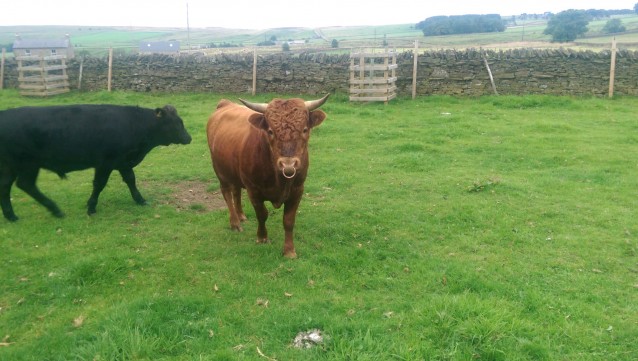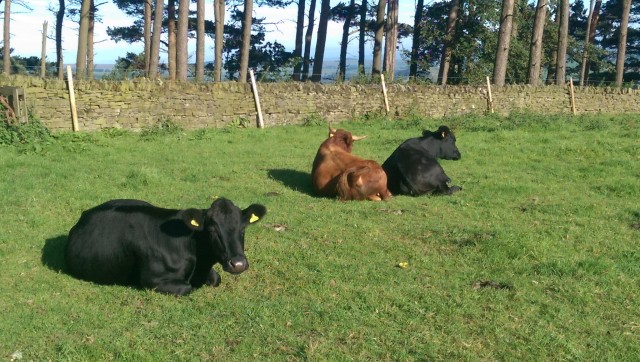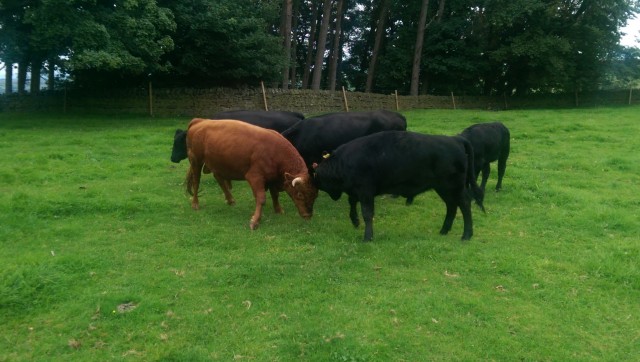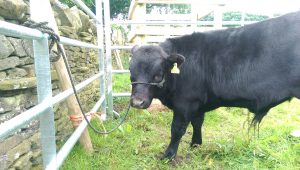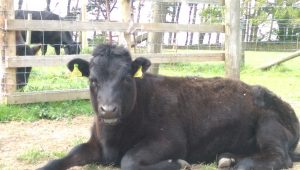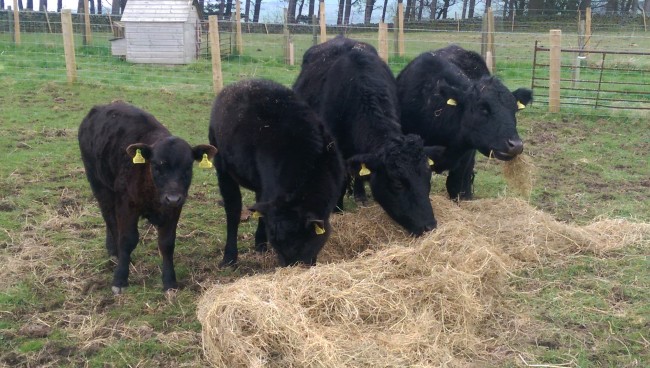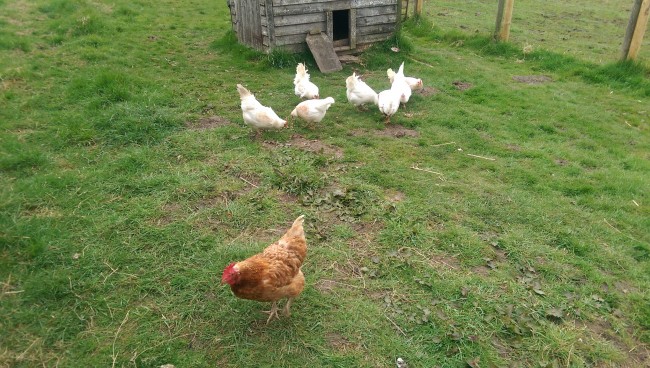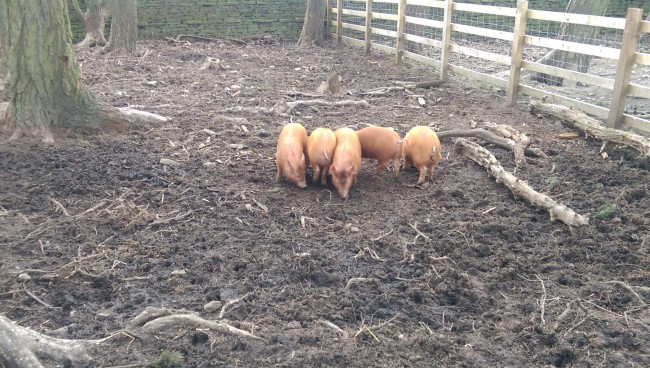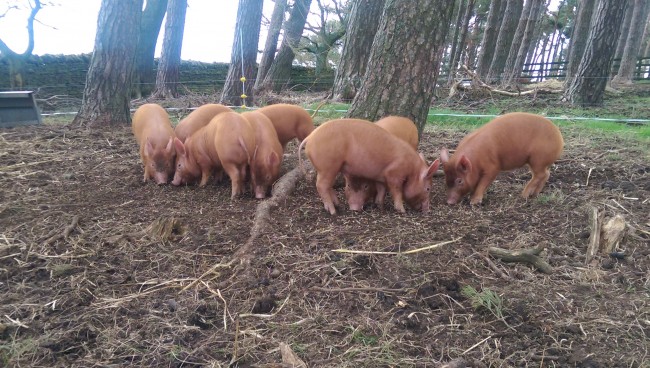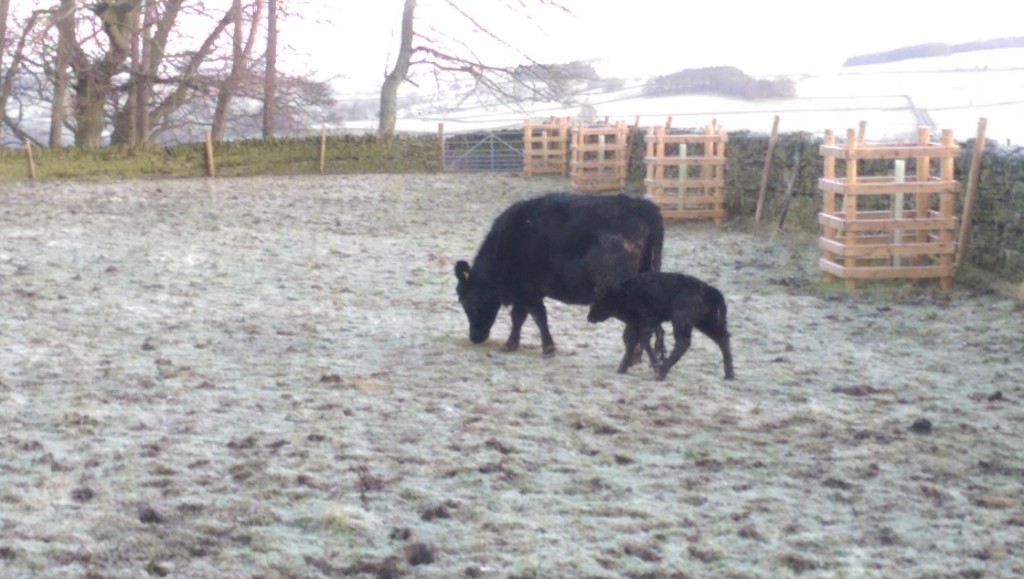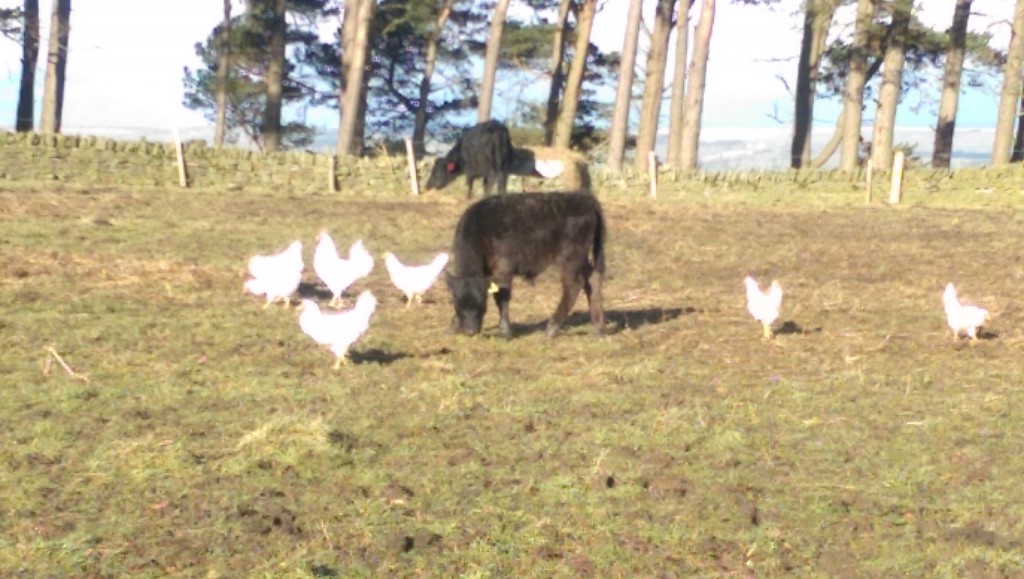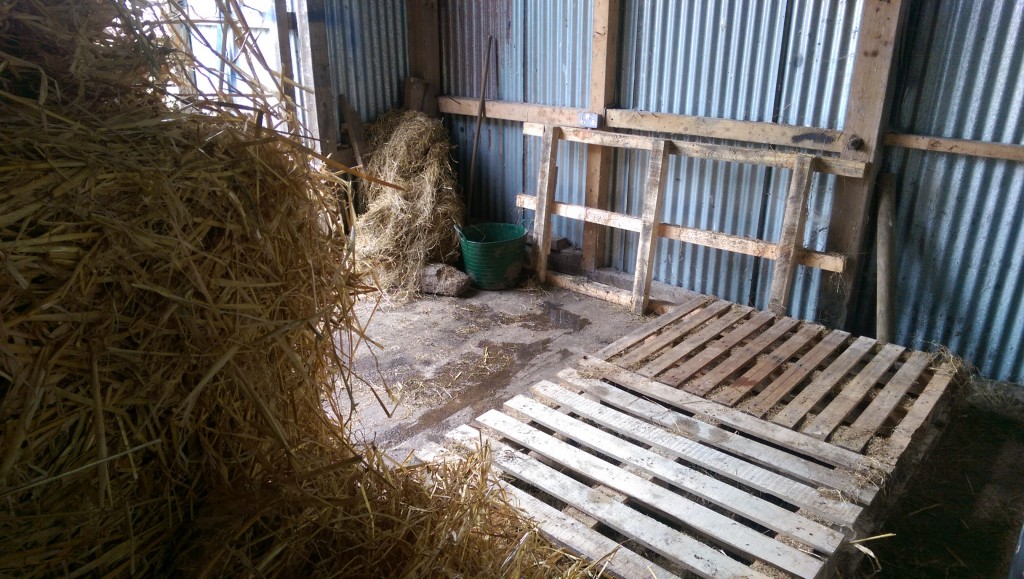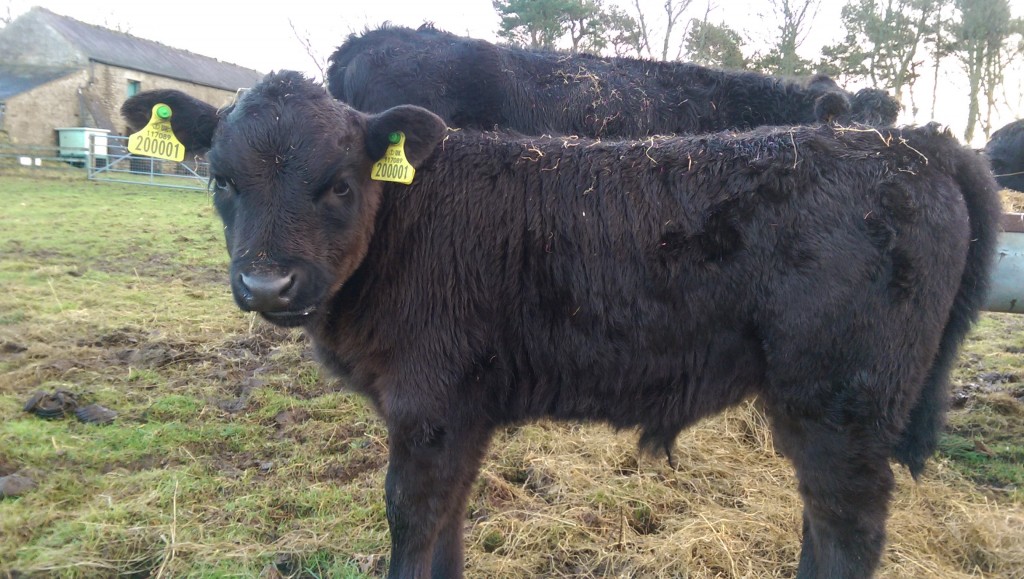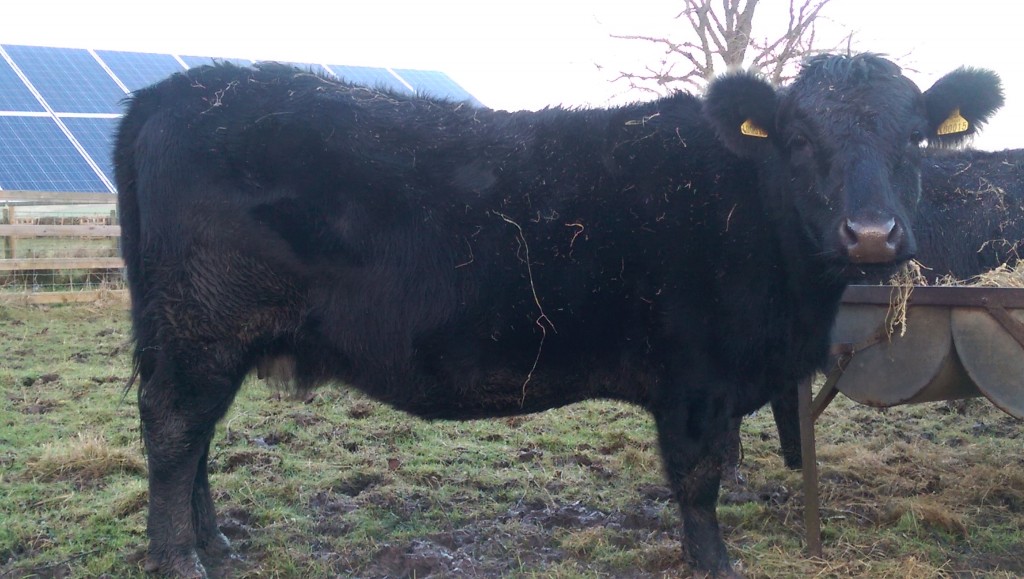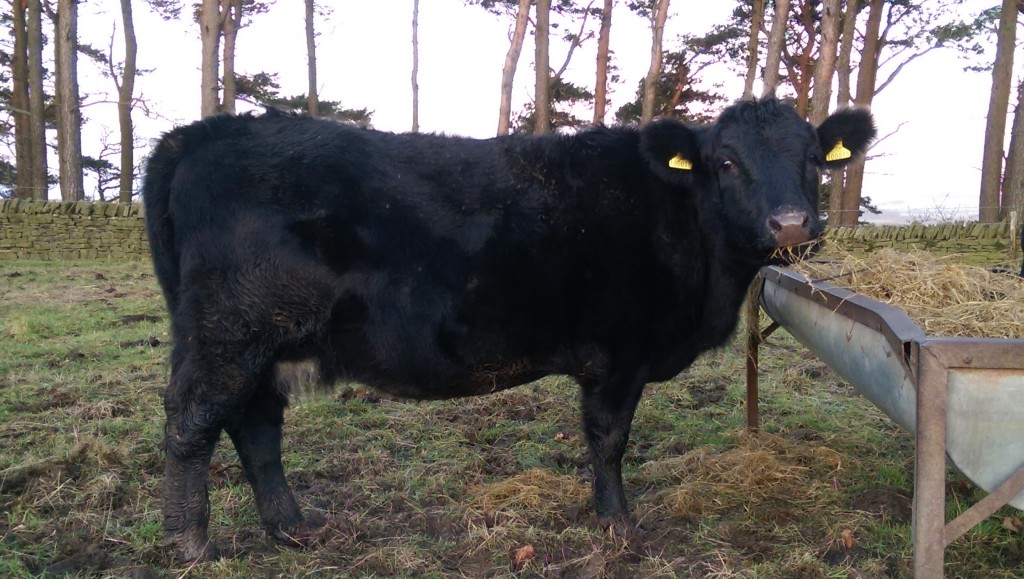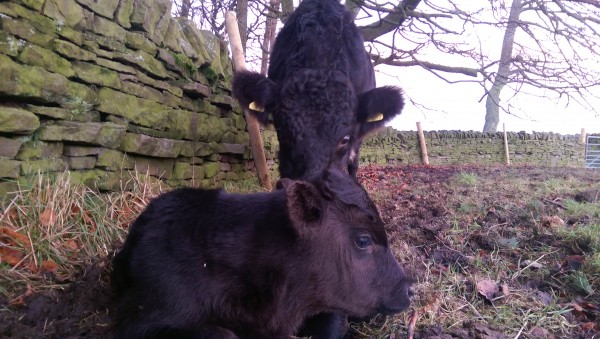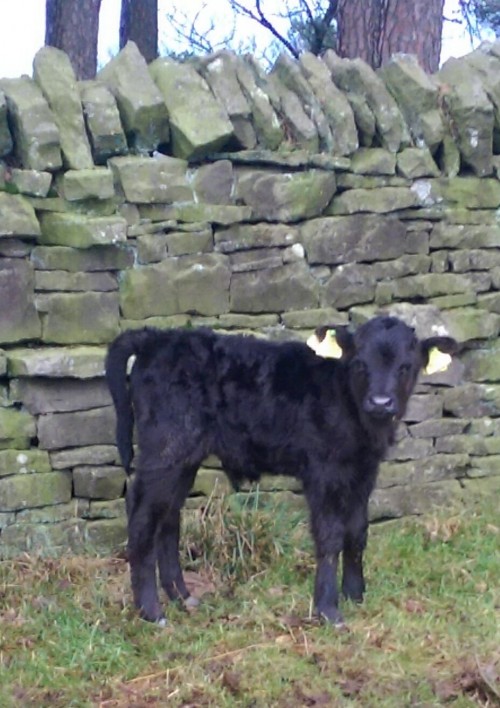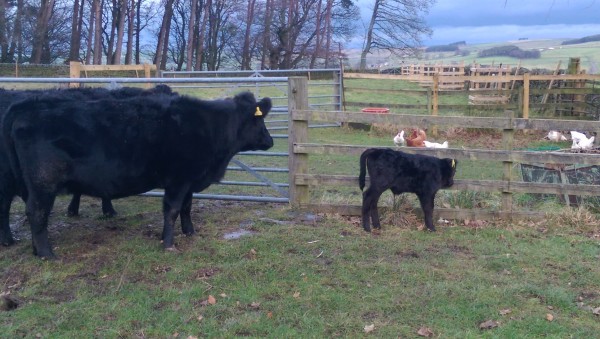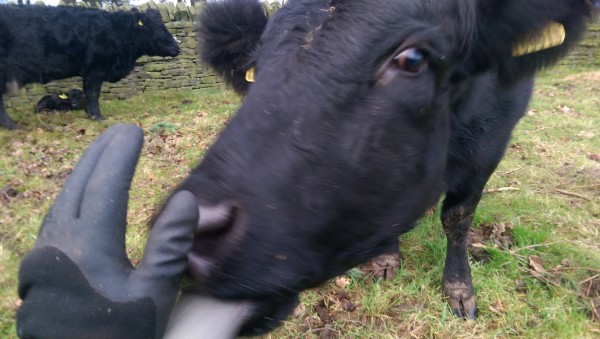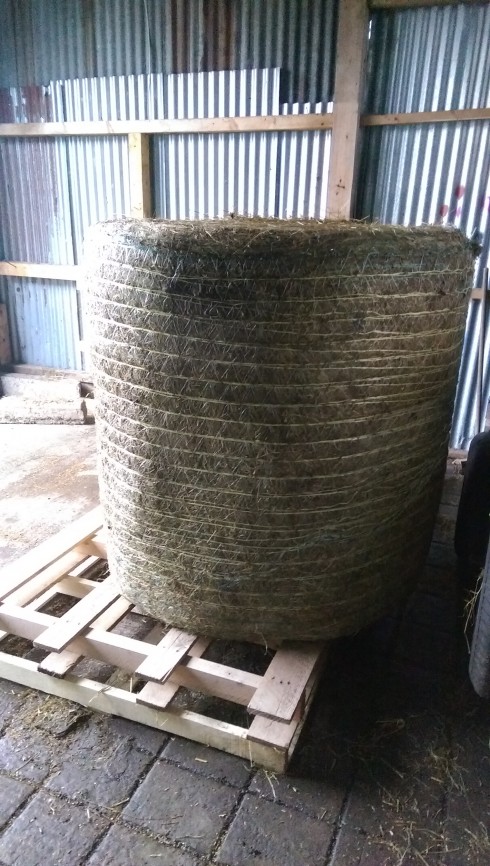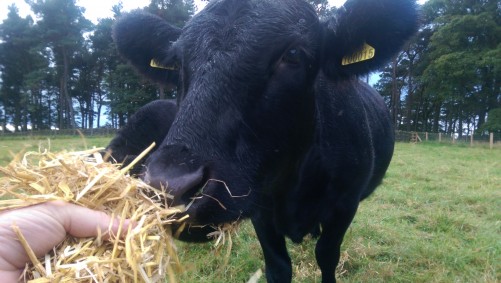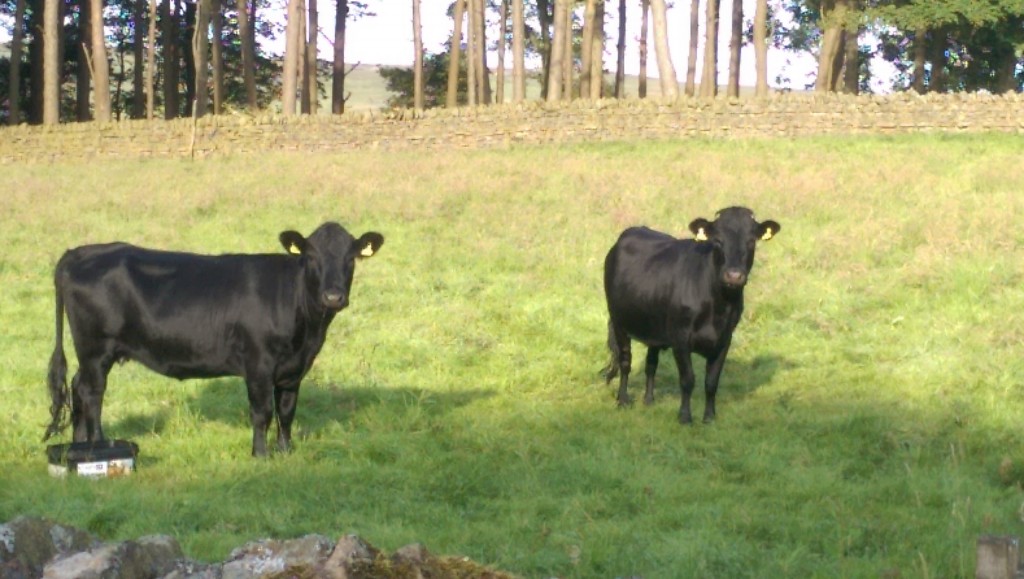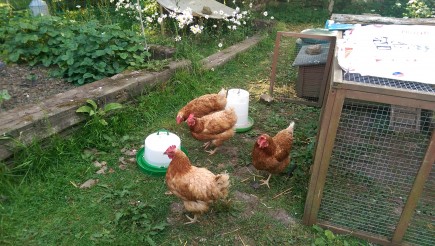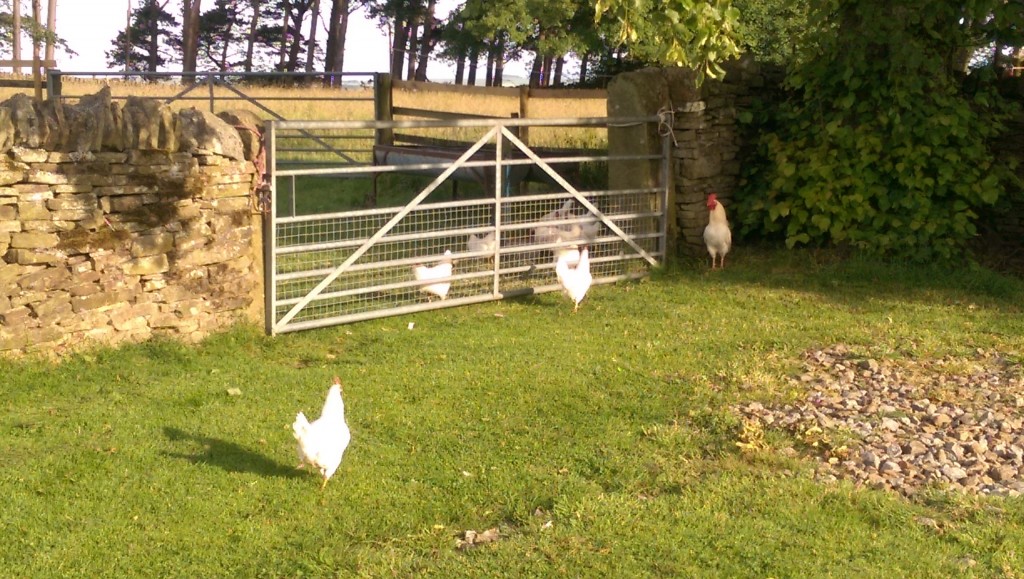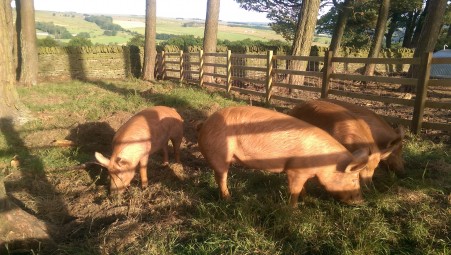The last couple of months have seen a few changes that have been a bit of a distraction from the blog updates but now it’s time for a fresh start with more regular postings. Hopefully now we’re finished with the Christmas and New Year period things can return to something like normal – whatever that is!
A Quick Catch-Up
The recent events that somehow never made it on to a proper blog update before include a few successes but also a number of “failures” which I prefer to consider as lessons learned.
There was a successful AI attempt for the first Tamworth sow – Sissy – and she is expected to farrow sometime on or after 12 January. After enjoying this success for a month or two, it was time for more AI with the second sow – Esther – but sadly I think my timing was wrong on that occasion and it didn’t take.
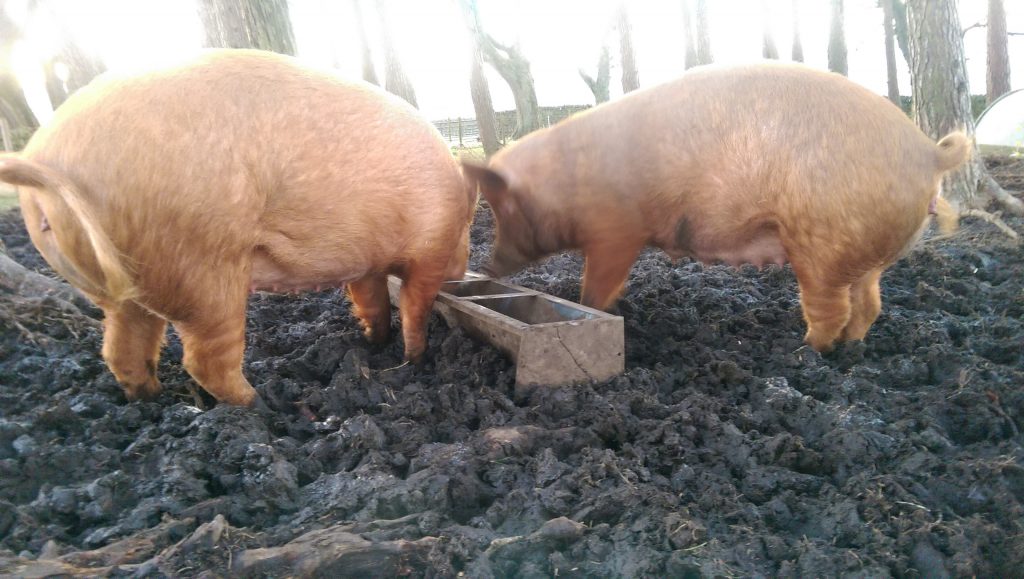
The second attempt with Esther was almost 3 weeks ago now so I’ll find out in the next few days whether that was successful or not. Immediately after that it’ll be time to move Sissy into the shed nearer the house ready for farrowing partly for her comfort with the weather but also for our convenience as it’s closer to the house. This time we’ll keep sow and piglets in there until the piglets are weaned at about 7-8 weeks old, it’s easier to catch them in a shed rather than chasing them around the woods.
While I’m on the subject of failures, there was an attempt at a TB test for the cows and calves but things didn’t go to plan and a minor escape attempt meant that we had to postpone the test until later this month. In the meantime I have reinforced the defences and, as usual it seems, I’ve learnt a lot more from the problems than the successes.
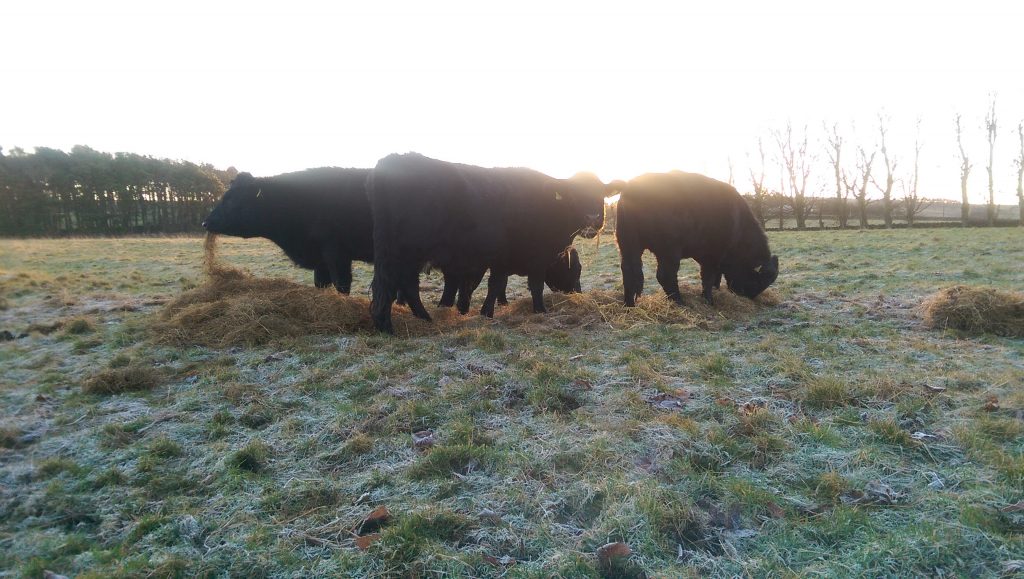
The cows are doing well with their extra homework when I get a chance to work with them. This mostly involves getting them used to being penned in for a while and being moved one at a time through a cattle crush. I think that they’ll always be able to spot a vet at 50 paces so I need to be sure they’re securely penned in first before they realise what’s happening.
On a brighter note, the third “pet” chicken has started to lay eggs at last. This is the Columbine which lays a different coloured egg so it’s easy to spot when she delivers the goods. Admittedly she’s only laid 2 eggs so far – one on Christmas day and another on New Years Eve – but it’s a start. There are usually 1 or 2 eggs each day now which is as I’d hoped when I bought these 3 chickens a few months back.
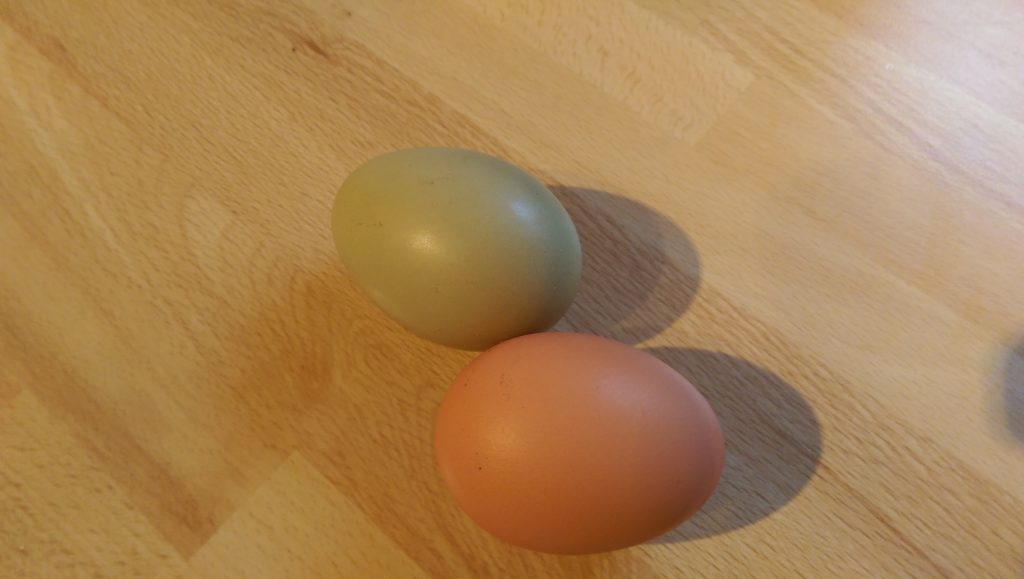
When we have enough it’s nice to give some to the guests in the holiday let but the supply is a little unpredictable at times. This will improve with the longer days as spring arrives though so perhaps by then we’ll be back to filling the freezer with quiche…
